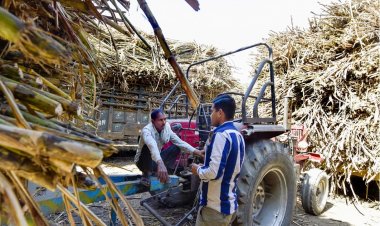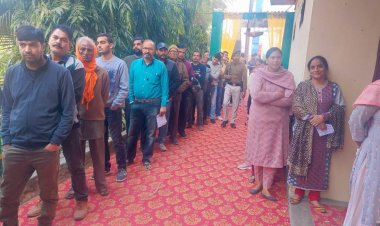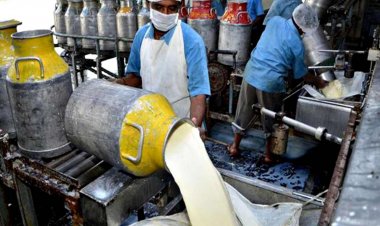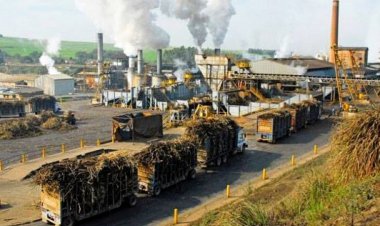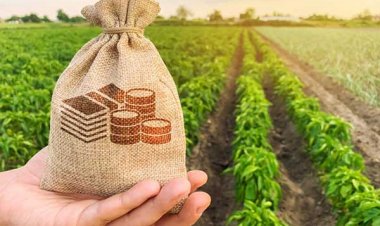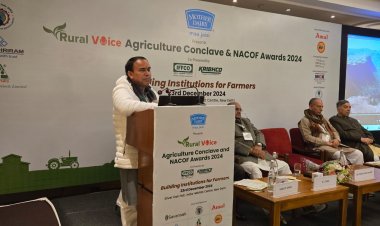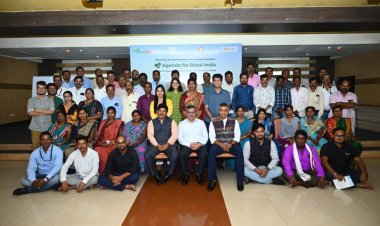25% of Crops Destroyed in Uttarakhand But Farmers Won't Receive Compensation, Minister Explains Why
The Uttarakhand government acknowledges the farmers' plight, but due to disagreements over disaster assessment standards, it is unable to provide compensation to the affected farmers.
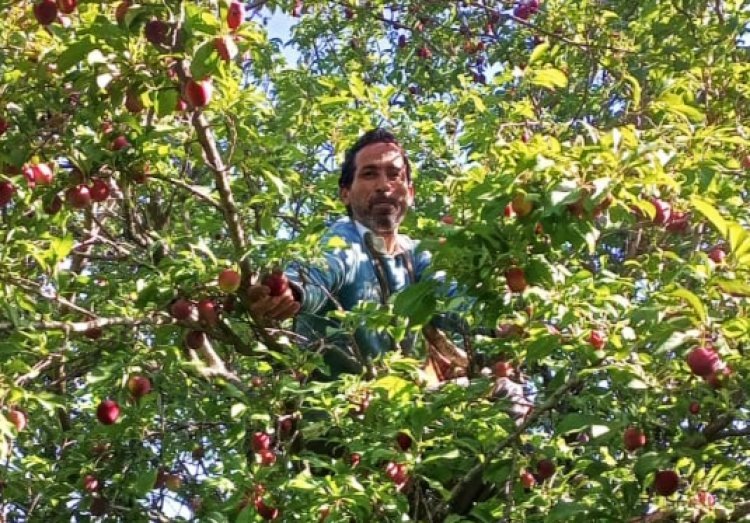
Naresh Nautiyal, a progressive farmer from Devalsari village in Naugaon block, which is known as the fruit belt of Uttarkashi, owns an apple orchard with 300 trees in Kandaun village. Naresh is also an entrepreneur who brings organic agricultural products from the hills to markets in major cities.
Naresh's apple crop is now ready, and prices are favorable this year. However, he faces a challenge with the size of the apples. He explains that from December to February, there was neither rain nor snowfall, which resulted in insufficient cooling time for the flowers to develop. Consequently, the apples that did grow are smaller in size, making commission agents hesitant to offer a good price.
Arvind Dobhal, another farmer from the same village, reports that the lack of rain and snowfall has reduced the production of apples, pears, peaches, and plums by 40 to 50 percent. The hailstorm in March-April only worsened the situation. Similarly, Daulatram Bahuguna, a farmer from Dhari Kafnaul, mentions that his total apple production this year is just 100 boxes, compared to 500 boxes in previous years.
The Uttarakhand government acknowledges the farmers' plight, but due to disagreements over disaster assessment standards, it is unable to provide compensation to the affected farmers.
Government States in the House: Standards Not Met
During the monsoon session in Gairsain on Friday, BJP MLA from Dhanolti, Pritam Singh Panwar, raised a question during the Question Hour, asking if the government would compensate farmers for the significant crop damage caused by the lack of rain and snowfall from December to February.
In a written response, Agriculture Minister Ganesh Joshi acknowledged that due to the lack of rain and snowfall, cash crop production is estimated to have been affected by 25 percent. However, the minister stated that compensation would only be provided to those farmers who are enrolled in the crop insurance scheme, despite the reduced production.
Pritam Singh Panwar also raised a separate issue regarding the decreased production of wheat, mustard, barley, gram, potato, and lentils due to insufficient winter rainfall, asking whether the government would compensate these marginal farmers.
In response, Agriculture Minister Ganesh Joshi firmly denied any compensation, explaining that the reported loss does not meet the 33 percent threshold set by the State Disaster Response Fund (SDRF) and National Disaster Response Fund (NDRF) standards, making compensation impossible.
Thus, despite acknowledging the farmers' losses, the government is unwilling to provide compensation, leaving farmers solely dependent on the crop insurance scheme. However, even those who have enrolled in the Prime Minister’s Crop Insurance scheme are facing difficulties in receiving compensation due to disputes over land records, as recently highlighted in a detailed report by Rural Voice.
Questions About Quality Standards
The agriculture department and insurance companies claim that crop damage assessments are primarily based on weather data and reports from revenue officials. However, several questions arise about this process. The most significant concern is that weather events in the mountains, such as rain, heavy rainfall, and storms, can vary dramatically from one valley to another. Additionally, the Meteorological Department's network in mountainous regions is quite limited. As a result, the department's data may not be entirely reliable, and the reports from revenue officials may not accurately reflect the ground reality. Farmers are often unaware of how weather data is collected and question its authenticity.
Farmer Naresh Nautiyal points out that most farmers in the area have small landholdings, which means many do not have crop insurance coverage. In such cases, they look to the disaster fund for assistance, but the government often denies aid, citing unmet standards. Meanwhile, the pattern of winter rain and snowfall in the mountains is continuously changing. Reduced winter rainfall and snowfall have become common, and extreme weather events are on the rise.



 Join the RuralVoice whatsapp group
Join the RuralVoice whatsapp group

















